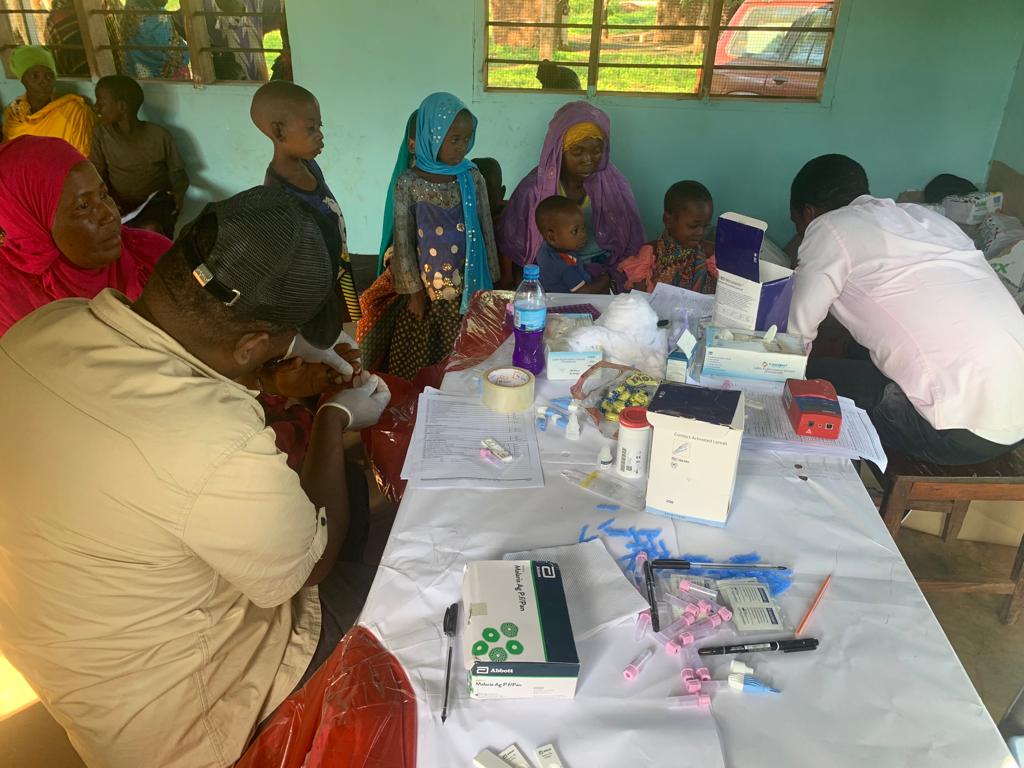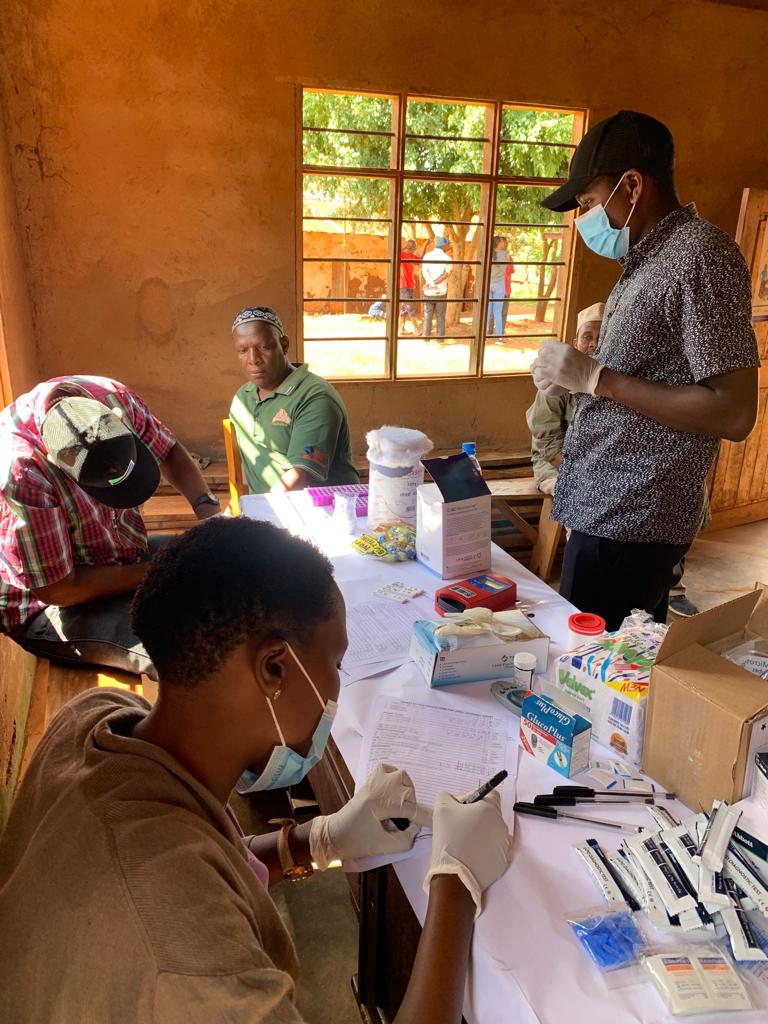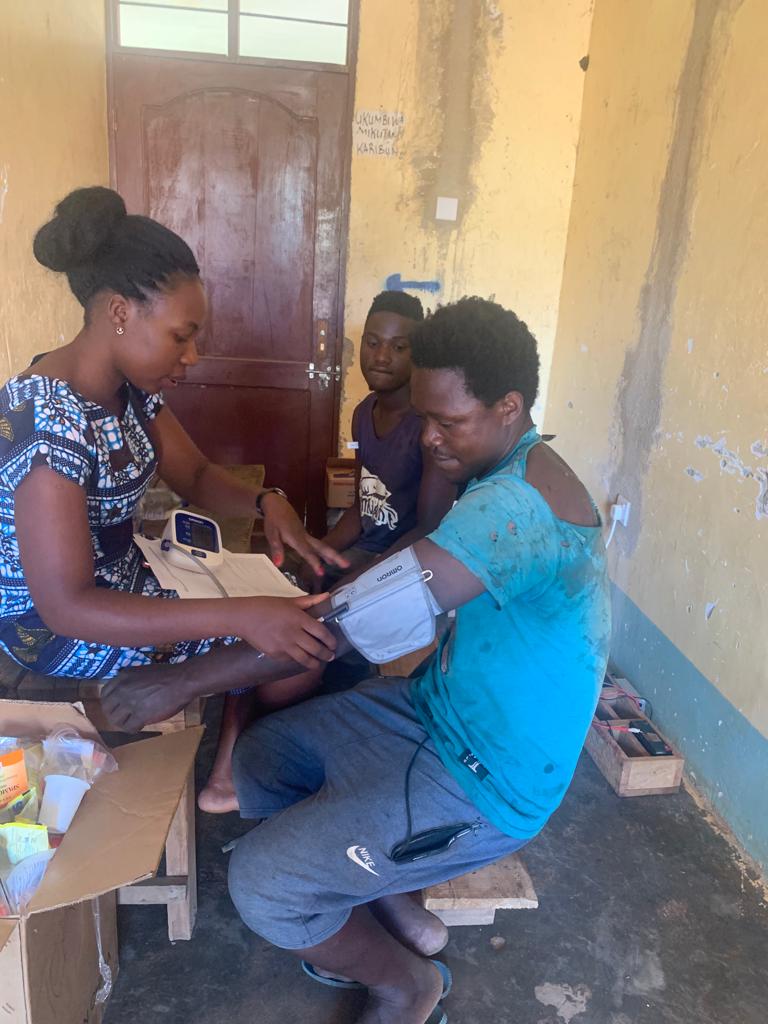PreVBD
Predicting Vector-Borne Disease Epidemics: Dissemination of risk forecasting using District Health Information Software2 in Tanzania(PreVBD)
Start date: 1 June 2020
End date: 31 May 2025
Lead Institution: University of Copenhagen (UCPH), Denmark
Partner institutions: National Institute for Medical Research (NIMR), Tanga, Tanzania; State University of Zanzibar (SUZA), Tanzania; University of Dar es Salaam (UDSM), Tanzania; University of Gothenburg, Sweden, Kilimanjaro Christian Medical University College, Tanzania; Technical University of Denmark (DTU), Denmark
Project Coordinator: Michael Alifrangis
Co-investigators: UCPH: Karin Schiøler; Anna-Sofie Stensgaard; Christian William Wang; Helle Hansson; Pascal Magnussen; DTU: Marlene Dahlgaard; Frank Aarestrup; University of Gothenburg: Ottmar Cronie; Max Petzold; NIMR: Vito Baraka; John Lusingu; SUZA: Fatma Salah; Mwayi Msellem; KCMC: Reginald Kavishe; Blandina Mmbaga; UDSM: Wilfred Senyoni; Honest Kimaro. PhD student Neema Kulaya, KCMUCo; PhD student Lembris Njotto, UDSM.
Funded by Danida Fellowship Centre, Ministry of Foreign Affairs, Denmark
Project summary
Unexpected onset of large-scale epidemics caused by climate-sensitive vector-borne diseases (VBDs) present a growing risk to human health and societal stability throughout the world. The situation is especially critical in LMICs as health systems struggle to absorb the full scale of mass hospitalizations due to acute VBD epidemics, while public and private sectors may suffer substantial productivity and commercial losses.
Tanzania is experiencing significant changes in VBD transmission patterns in particular with respect to mosquito-borne diseases, such as malaria and dengue. Notably, dengue epidemics recently became a recurrent phenomenon, while observed changes in malaria epidemiology suggest a shift from stable, holoendemic, to unstable, hypoendemic transmission marked by increasing risk of malaria epidemics. The complex processes that drive VBD epidemics are not fully understood – yet climatic, environmental and socio-economic factors are known modulators.
This project addresses the need for improved prediction and prevention of epidemic risks by assessing novel modelling approaches and opportunities for translating complex model outcomes into easily disseminated risk assessments for targeted and timely interventions.
Specifically, we aim to explore key predictors and to combine modelling approaches, coupling vector ecological niche models with mathematical micro-epidemiological models, in order to obtain timely, high-resolution risk projections of VBD epidemics.
To ensure that these projections are readily available, we will develop an adjunct application on top of the existing DHIS2 platform, through which risk assessments are presented to end-users in the form of user-friendly risk maps and epidemic alerts. The project will use dengue and malaria as tracers for epidemic VBDs in Tanzania – and Unguja and Tanga Regions as specific study areas as they cover diverse climatic, environmental and socio-economic settings for comprehensive model development




